No longer in the dark: our choice for the future of the deep ocean
The frontiers of space have provided iconic images of exploration, such Apollo 8's "Earthrise" view of our world from the Moon's orbit, and Buzz Aldrin's photograph of a footprint on the lunar surface. But both of those pictures were taken before people first visited one of our planet's greatest geographic features: an undersea volcanic rift, known as the mid-ocean ridge, which meanders for 60 000 km around the globe at an average depth of 2500 metres beneath the waves.
The first "bathynauts" to reach the deeply submerged mid-ocean ridge did so south of the Azores in 1973, as part of a US-French project called FAMOUS (the French-American Mid-Ocean Undersea Study), four years after Apollo 11 touched down in the Sea of Tranquillity.
Since then, further journeys into the ocean depths have revealed wonders such as hydrothermal vents, first encountered in the eastern Pacific in the late 1970s, and the lush colonies of deep-sea creatures that thrive around them.
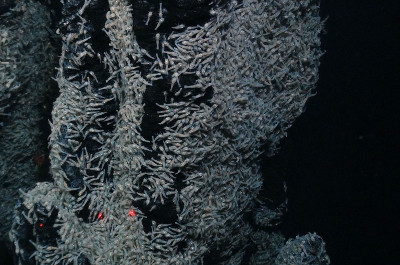
The pools of light around our deep-diving vehicles offer tiny and fleeting glimpses into a vast realm of darkness, but we are now able to dive deeper, stay longer, and visit the ocean depths more often than ever before. For the first time in history, the half of our world hidden by water more than 3 km deep is slowly becoming known to us - and just in time to help us choose our future course among its economic opportunities and environmental challenges.
Last month, my colleagues and I were exploring the Cayman Trough in the Caribbean Sea. We were diving with a remotely operated vehicle called Isis - which is about the size of a family car - to reach the world's deepest known undersea vents, 5 km down on the ocean floor. The samples and data that we collected should shed more light on the geological processes that shape our world, and the reactions that govern the chemistry of the oceans.
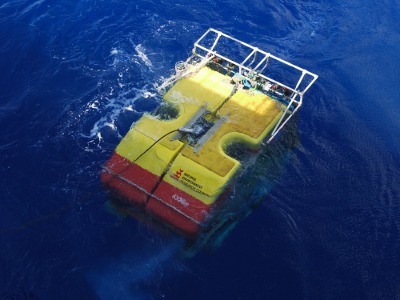
We also encountered new species of animals, which will help us to understand how marine life disperses and evolves in the ocean depths, which form most of our living world. Our expedition was the latest of several recent voyages exploring undersea vents around the world, and just one of many gradually learning more about the deep ocean every day.
One of my favourite images from ocean exploration is called the "Floor of the Ocean", a map first drafted by Marie Tharp and Bruce Heezen in the 1950s. Tharp and Heezen pieced together echo-sounder traces from ships crossing the ocean to produce the first global picture of the deep-sea landscape, and their map revealed the full extent of the mid-ocean ridge for the first time.
These days we also have global maps of the ocean floor derived from satellite data, but those maps cannot resolve features smaller than a few kilometres across, so there are still plenty of underwater mountains and seafloor craters waiting to be discovered by sonar from ships. And neither sonar nor satellites can reveal what is going on down there, or what lives there: for that, we need to send our eyes to the ocean floor.
After millennia of crossing the ocean surface, at last we have the technology to visit its depths. From the pioneering bathysphere dives of William Beebe and Otis Barton in the 1930s, and the record-breaking plunge of Jacques Piccard and Don Walsh in 1960, through decades of dives by research submersibles such as Alvin, to the latest generation of remotely operated vehicles like our Isis ROV, along with autonomous underwater vehicles, and new human-occupied vehicles: there is no longer any part of the deep ocean inaccessible to us, if we can find the will to go there.
During Project FAMOUS, when people first visited the deep mid-ocean ridge, the Alvin submersible spent a total of 81 hours working at a depth of 3000 metres on the ocean floor. That was an astounding feat at the time, and heralded the mainstream use of deep submergence vehicles for scientific research.
During our latest expedition, the Isis ROV spent nearly 200 hours working on the ocean floor down to a depth of 5000 metres--and while we are proud of that achievement, it has become routine.
It also illustrates the different options that technology has given us to explore the deep. We can boldly send our bodies there inside human-occupied vehicles, or just our minds through remotely operated vehicles, whose high-definition cameras and dexterous manipulators become our eyes and arms for working on the ocean floor.
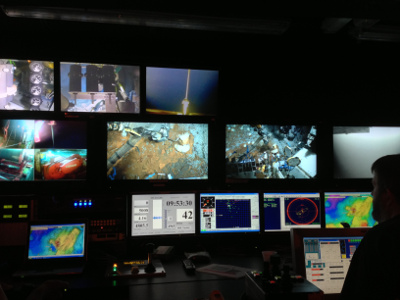
Our new-found ability to peer into the deep ocean could not be more timely, because our everyday lives have an impact on the ocean depths.
When we're visiting new areas with our deep-diving vehicles, we often find our rubbish has got there before us. Meanwhile, we are extracting oil and gas, on which our economies depend, from deeper waters, but still learning the consequences of accidents in those operations. We are also fishing in deeper waters, and trawling remote areas whose marine life has yet to be surveyed.
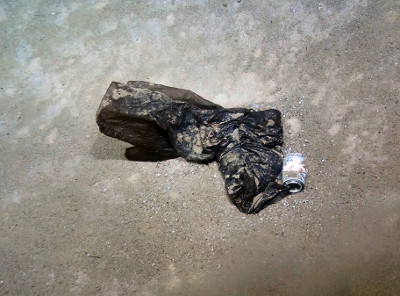
And now we are starting to unlock the mineral wealth of the deep ocean. The long-held dream of harvesting manganese nodules from the ocean floor is finally becoming a reality, with projects underway in the eastern Pacific. Meanwhile, the deep-sea vents that have inspired ocean exploration are now within reach for the deposits of metals that form around them.
In the past two years, the International Seabed Authority - the UN organisation tasked with overseeing deep-sea mining in international waters - has awarded four new licences for mineral exploration than span several thousand kilometres of the mid-ocean ridge. So in just six decades we have gone from not realising the global extent of the mid-ocean ridge, to visiting it for the first time, and now parcelling up its resources.
When Marie Tharp and Bruce Heezen first glimpsed the full extent of the mid-ocean ridge in the 1950s, our global population was just over 2.5 billion people. When Project FAMOUS first visited the mid-ocean ridge in the early 1970s, our population was nearly 4 billion; today it is around 7 billion. Those numbers only tell part of the story of course, but as our growth and development continue, the deep ocean offers us a challenge. If we act quickly and make full use of our new powers of perception, we can decide how to benefit from the resources of the deep ocean while fulfilling our responsibility for its stewardship.
Our species arguably has a poor track record of achieving that balance elsewhere, so let this be our new testing ground: now that the deep ocean is no longer out of sight, it is our choice whether its future iconic images will inspire or shame us.
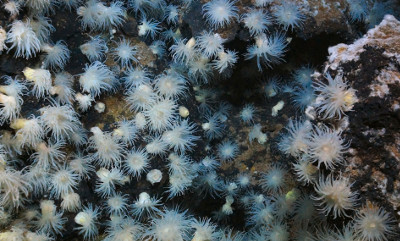
Jon Copley, February 2013
This became a TEDx talk in April 2013
| Previous | Index | Next |



